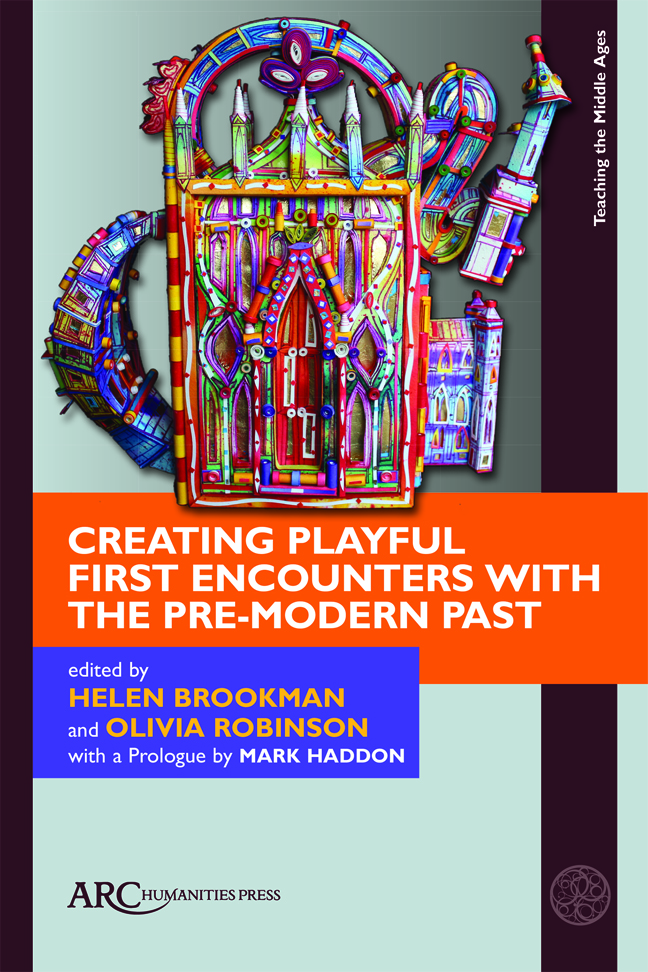7 - Formation from “Fragments”: Learning about Twelfth- Century Liturgy through Creative Engagement with Evidence
Published online by Cambridge University Press: 17 February 2024
Summary
IT IS A commonplace that a remarkable number of liturgical manuscripts used in medieval Britain did not survive the Reformation. Owain Tudor Edwards estimates that, for one genre, something like one in a thousand is extant. Quite apart from the deliberate iconoclasm of the sixteenth century, service books of earlier times, like other manuscript material that had outlived its usefulness, were very often re purposed as binding material or reused in other ways. In recent centuries, research libraries and other institutions have worked to restore and sometimes to reconstruct manuscript material which has been dispersed in these ways, sometimes by binding unbound leaves into guardbooks for later study, or, where resources permit, by identifying and cataloguing fragmentary material when it becomes available as a consequence of re binding volumes or other restoration work. However, in most cases, the possible benefits of making these materials available for consultation and attracting scholarly attention are outweighed by the substantial commitment of time and money required to make this work anything like practicable. Liturgical fragments are not always easy to identify or contextualize, as their texts, rubrics, and music appear in different patterns of choice and order and (owing to their frequent citation of Scripture and other familiar texts such as sermons) can be misidentified quite easily. They employ conservative and uniform hands, making dating and identification difficult. In sum, the approach to liturgical fragments is often to view them as part of a possibly very extensive corpus; sometimes, individual fragments provide particular insights about textual history or reception, but on the whole they offer very little of consequence to the researcher or student. This essay explores the consequences of an entirely different reaction to liturgical material.
During routine cataloguing of material in 2009, the staff of the Heritage Hub of the Scottish Borders Council Archive Service noticed a liturgical bifolium among the uncatalogued papers of the Rutherford family of Knowesouth, near Jedburgh, in the Border town of Hawick (now Scottish Borders Council Archive Service, SBA/ 540). What followed the discovery of this “fragment” of a manuscript could not then be anticipated: the instigation of a two year historical and artistic interpretation project, with site interventions and performances at ruinous monastic buildings and functioning churches alike, run by an unlikely partnership of academic, artistic, and governmental players.
- Type
- Chapter
- Information
- Creating Playful First Encounters with the Pre-Modern Past , pp. 99 - 108Publisher: Amsterdam University PressPrint publication year: 2023



